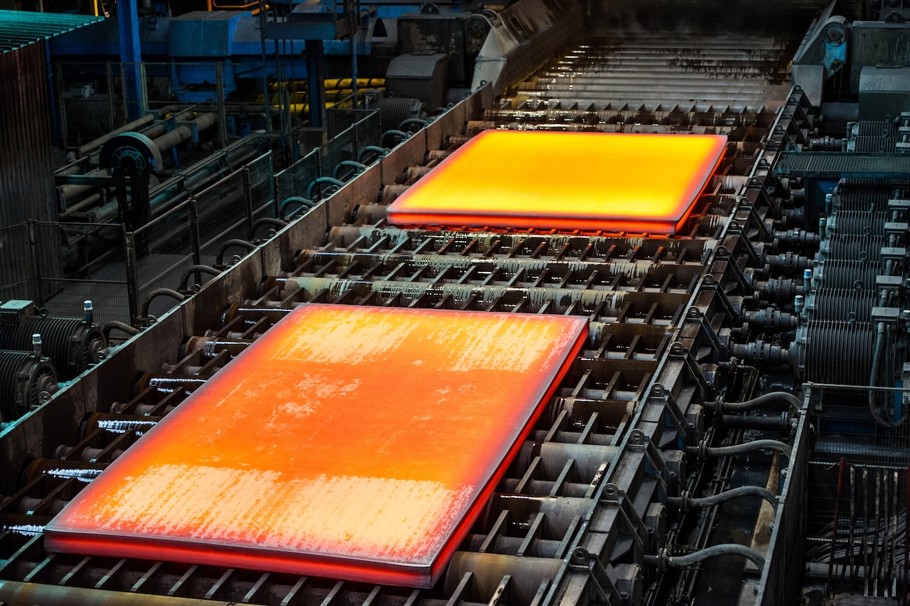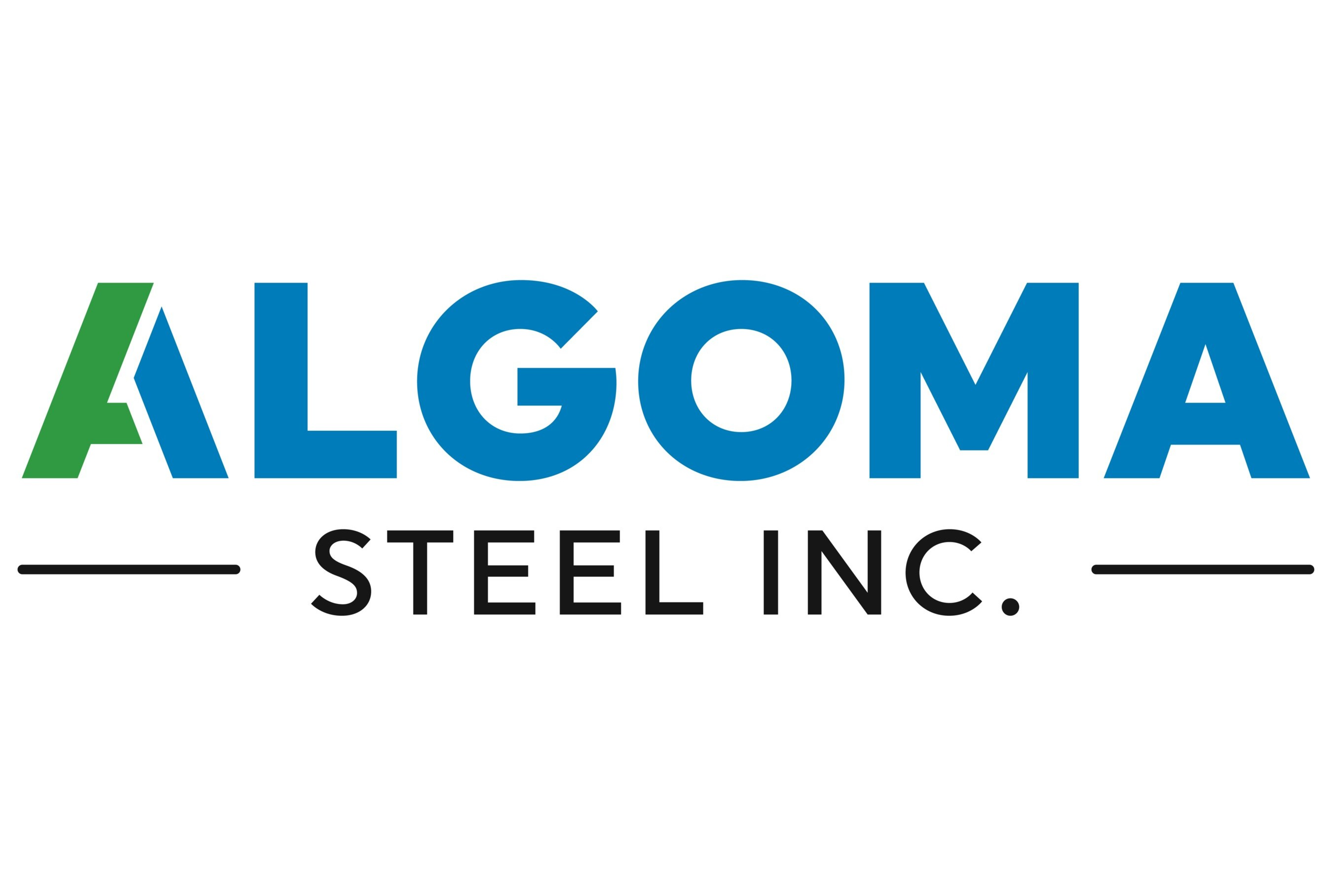Market Segment
February 17, 2023
SMU Buyers Sentiment Indices Switch Directions
The Steel Buyers Sentiment indices moved in opposite directions this week, with Current Buyers Sentiment edging down and Future Buyers Sentiment inching up, according to SMU’s most recent survey data.
SMU’s Steel Buyers Sentiment Indices measure how steel buyers feel about their company’s ability to be successful in the current market, as well as three to six months down the road. Every other week we poll steel buyers about sentiment. We have historical data going back to 2008.
SMU’s Current Buyers Sentiment Index fell 2 points to +74 compared with two weeks ago (Figure 1). The index had dropped below +70 since 2H 2022, first hitting +70 again at the end of the year. From the middle of January this year it has bounced around in the mid-70s.
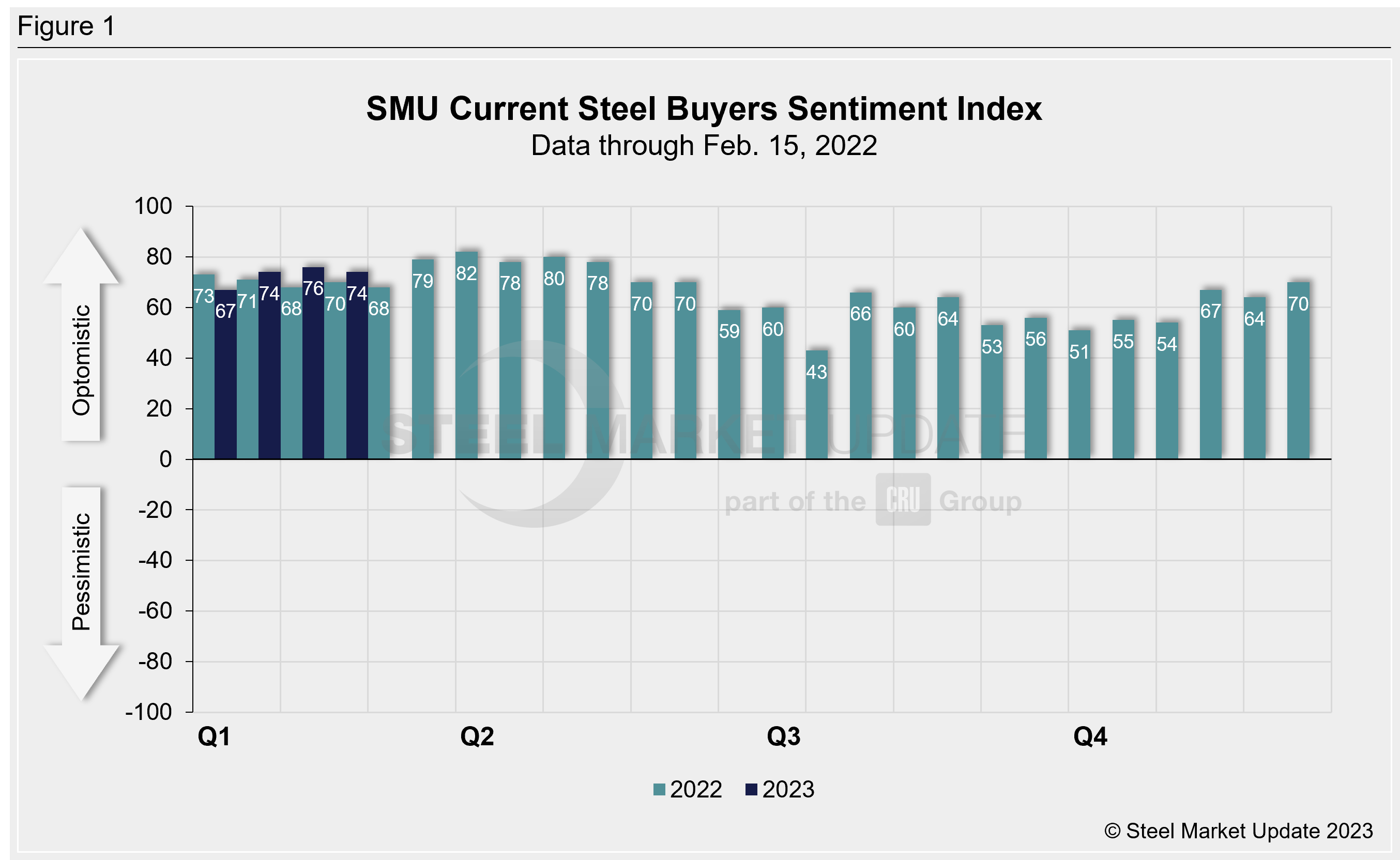
SMU’s Future Buyers Sentiment Index measures buyers’ feelings about business conditions three to six months in the future. Future Sentiment ticked up 1 point to +72 vs. the last market check. Similar to Current Buyers Sentiment, this index had also kept below +70 since 2H 2022, first hitting the +70 mark at the end of 2022. It has been above +70 since the middle of January.
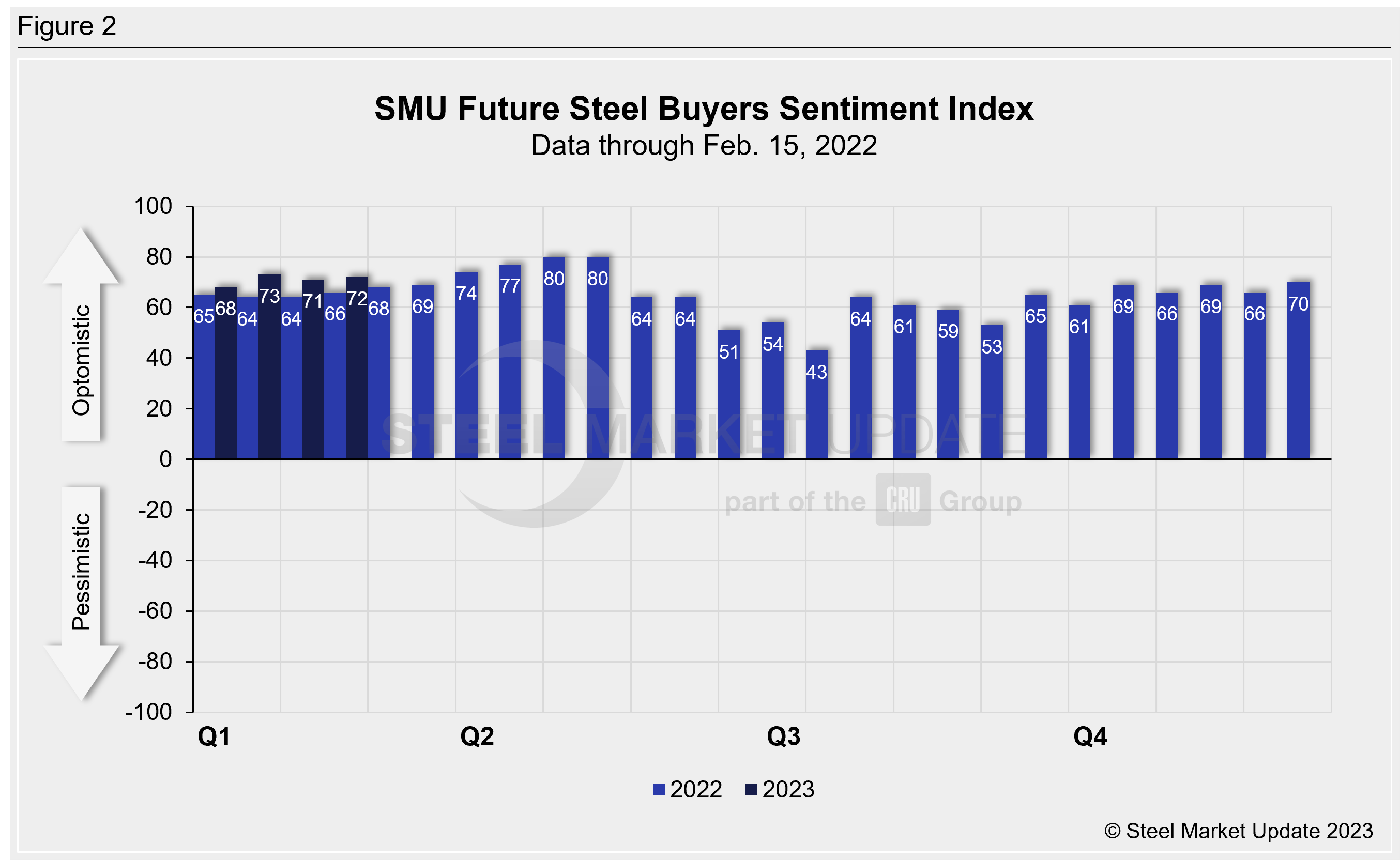
Measured as a three-month moving average, the Current Sentiment 3MMA increased to +70.83, compared to +69.67 two weeks ago. (Figure 3).
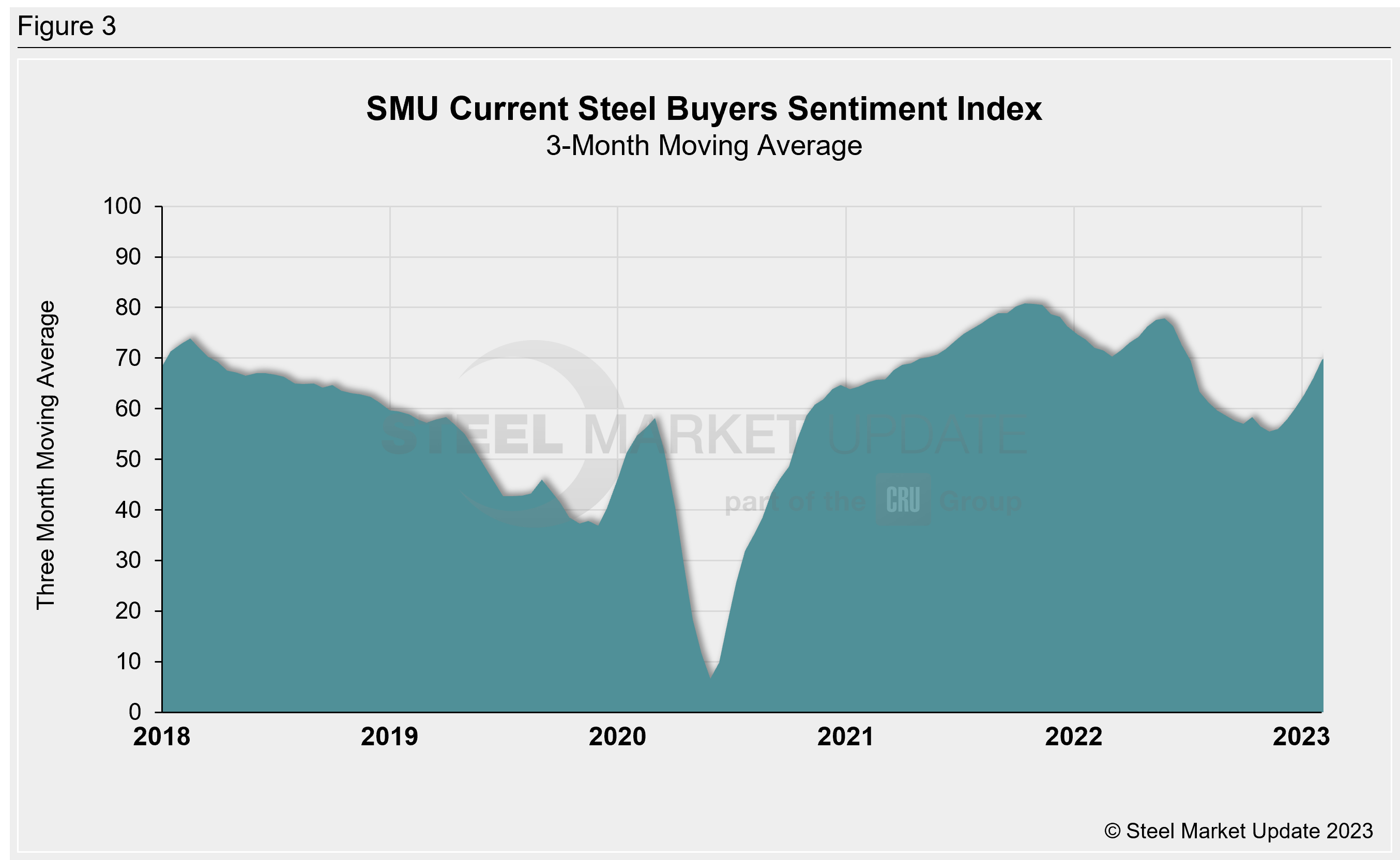
The Future Sentiment 3MMA rose to +70.0 vs. +69.50 two weeks ago. (Figure 4).

What SMU Survey Respondents Had to Say:
“Still have residual inventory on hand.”
“Competition is retreating.”
“Steel pricing rising along with high interest rates could be an issue in Q2.”
“Contract buying is solid and spot activity for light-gauge hot roll is better than expected.”
“Business seems good.”
“Rising market and still decent demand.”
“Strong backlog.”
“Spot opportunities will increase.”
About the SMU Steel Buyers Sentiment Index
The SMU Steel Buyers Sentiment Index is a measurement of the current attitude of buyers and sellers of flat-rolled steel products in North America regarding how they feel about their company’s opportunity for success in today’s market. It is a proprietary product developed by Steel Market Update for the North American steel industry. Tracking steel buyers’ sentiment is helpful in predicting their future behavior.
Positive readings run from +10 to +100. A positive reading means the meter on the right-hand side of our home page will fall in the green area indicating optimistic sentiment. Negative readings run from -10 to -100. They result in the meter on our homepage trending into the red, indicating pessimistic sentiment. A reading of “0” (+/- 10) indicates a neutral sentiment (or slightly optimistic or pessimistic), which is most likely an indicator of a shift occurring in the marketplace. Sentiment is measured via SMU surveys that are conducted twice per month.
We send invitations to participate in our survey to more than 700 North American companies. Approximately 45% of respondents are service centers/distributors, 30% are manufacturers, and the remainder are steel mills, trading companies or toll processors involved in the steel business.
Click here to view an interactive graphic of the SMU Steel Buyers Sentiment Index or the SMU Future Steel Buyers Sentiment Index.
By Ethan Bernard, ethan@steelmarketupdate.com




